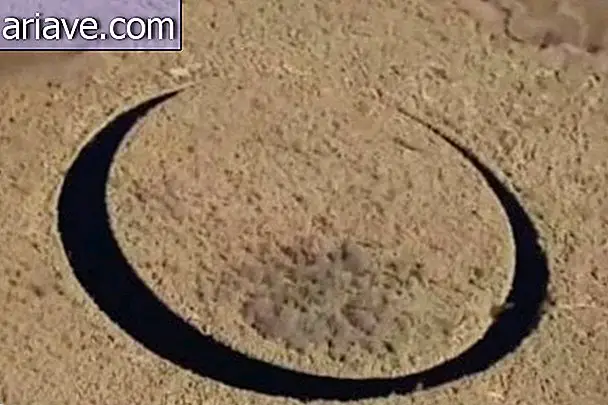Why are the mountains of Mars so much higher than those of Earth?
We at Mega Curious have talked a lot about Mars here - our neighbor, also known by the affectionate nickname Red Planet. For although the Earth has lush geology and super high mountains, such as Mount Everest, with its more than 8, 800 meters of altitude, this is nothing compared to the formations that exist on the Martian surface!

After all, if you don't know, this is where the highest mountain in the Solar System, Mount Olympus, is about 27 kilometers high and 600 kilometers in diameter. But how is it possible that Mars has such gigantic mountains - and that, by comparison, make those on Earth look like miniatures?
In fact, as Earth Science professor Dave Consiglio explained in a post on the Quora website, there are several factors that contribute to the Red Planet presenting these features.
Factors Combination
One is the fact that in the past, Mars (as far as we know) did not have tectonic plates - if they existed, they were not many! - which means that the heat present inside the Red Planet would only have a few points to "escape" to the surface. Here on Earth, as you know, there is movement of tectonic plates and thousands of volcanoes and crevices through which the pressure of the bowels of our world is released.

For scientists know that there were volcanoes on Mars, such as Mount Olympus, for example, which is nothing more than a huge extinct volcano that was active billions of years ago. This brings us to another factor, related to gravity on the Red Planet. Because it was weaker than Earth's, it allowed volcanoes to grow higher and higher, thanks to the accumulation of the huge volume of lava they were expelling.
Also, because erosion on Mars is incredibly low, the volcanoes did not suffer much wear over time, which allowed them to remain tall. So, basically, the Red Planet has huge mountains because of the limited amount of volcanic eruptions (certainly huge) that occurred in a low gravity environment with little erosion.











